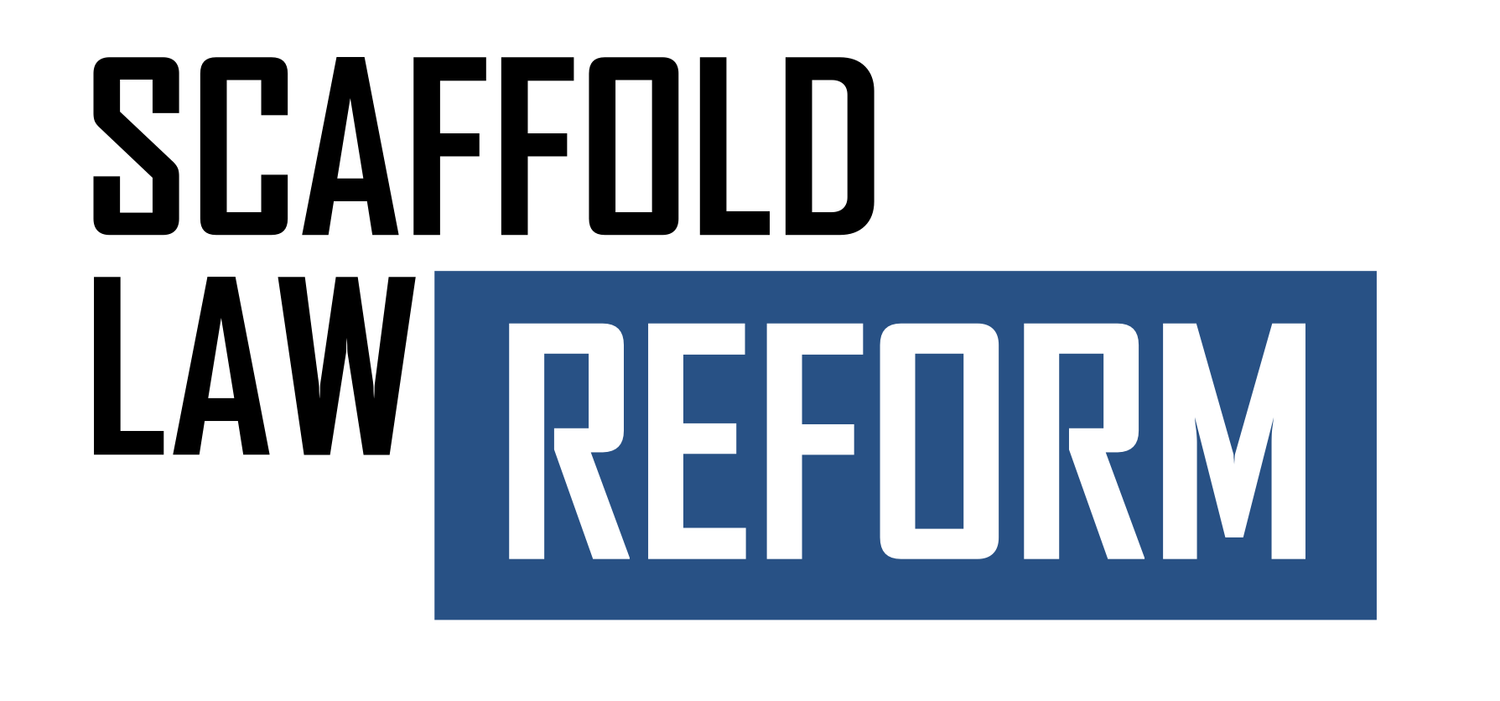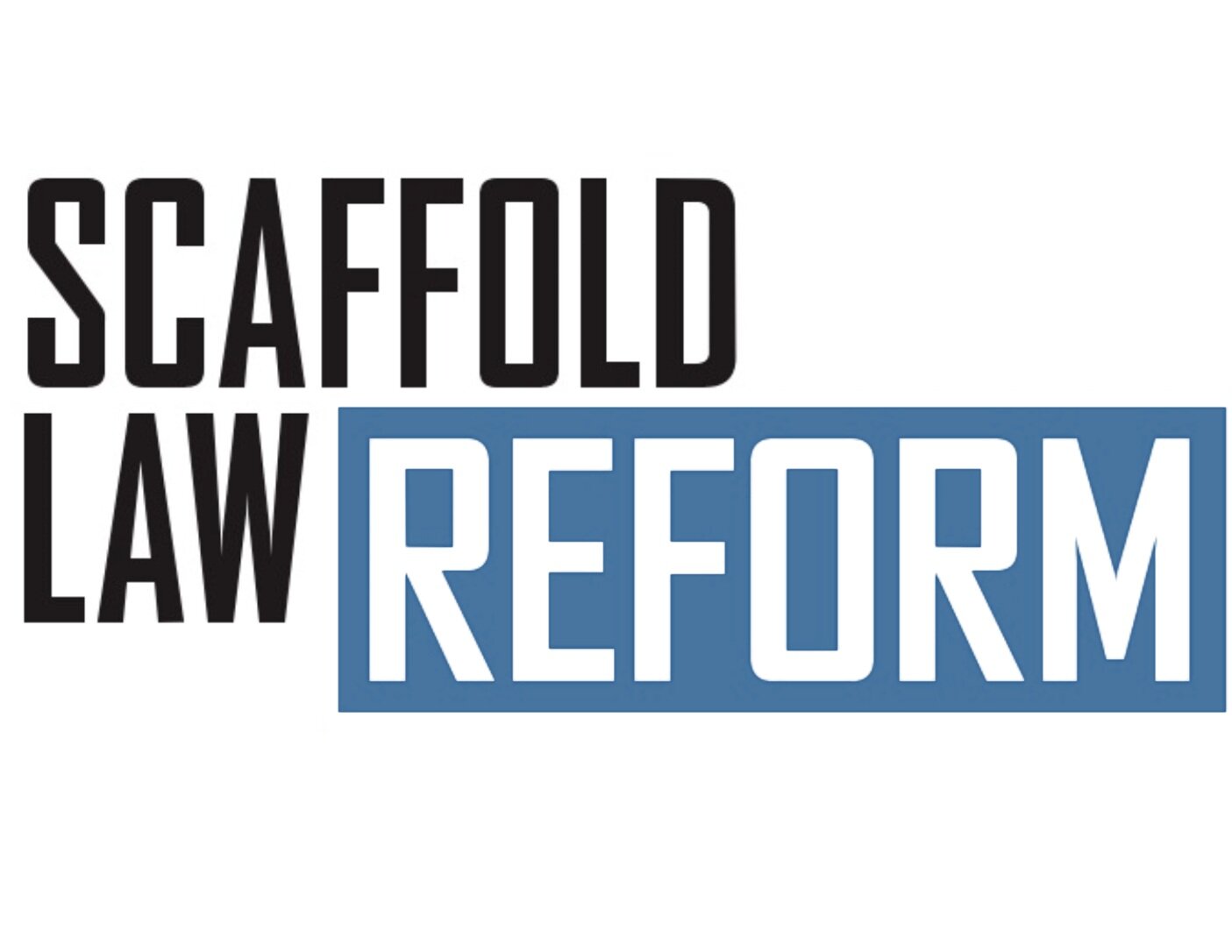Trade group gives NYS an "F" on construction policies and programs
By: Scott Willis
The climate for builders and contractors in New York State is the worst in the nation. That’s according to the ninth annual report card released by the Empire State Chapter of Associated Builders and Contractors, which gives New York “F’s” in several categories. Chapter president Brian Sampson says the construction industry in New York is actually vibrant and continues to grow, earning a grade of “C.” But he says it could be better.
“We have a lot of laws and regulations that tilts them away from people we represent, which are organizations and contractors that choose not to be signatory to a union collective bargaining agreement and it steers them towards union contractors,” Sampson said.
He says these project labor agreements or PLA’s, severely restrict the number of bidders on a project, driving up costs. Statewide, he says only 25 percent of the workforce can sign on, and in Central New York, it’s even less at 18 percent. Sampson says with work underway on I-81 and Micron on the horizon, the impact is significant.
“Right there alone, you're talking about $22 billion at a minimum of construction work that is subject to a project labor agreement, meaning 82 percent of your local construction workforce isn't going to be able to work on that project,” Sampson said.
Some might say PLA’s are good for those workers who can get the job because of union benefits and protections. But Sampson says the irony is a PLA requires a study that shows how labor savings can be achieved. That means workers are the first to feel the pinch. Sampson says the state needs to fix how it uses PLA’s so more workers benefit.
“It's all prevailing wage, meaning everybody has to pay the same wages and same benefits to their workers," Sampson said. "But if the contractors who go the non PLA route are the low bid, the qualified bid, then they get the work. If it's a bid that's on the PLA side and it's low, then they get the work. But at the end of the day, you open it up, meaning there's more opportunity for everybody rather than just a restricted few people.”
Sampson says ABC has a few priorities heading into 2024. One is reducing laws and regulations to allow housing to be built at a faster pace to address the current crisis and meet future demand. Another is eliminating the so-called scaffold law, which Sampson says balloons the cost of housing and other projects because of liability insurance costs. And, he says, the workers compensation system within the construction industry needs reform due to rampant fraud.

